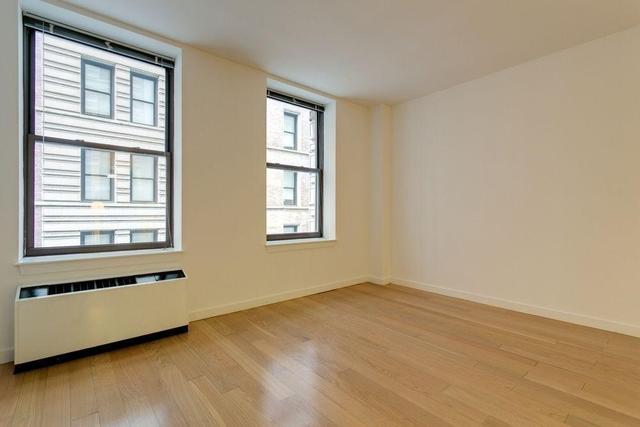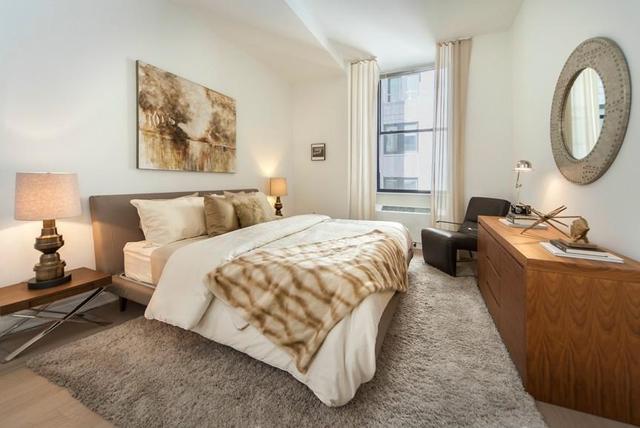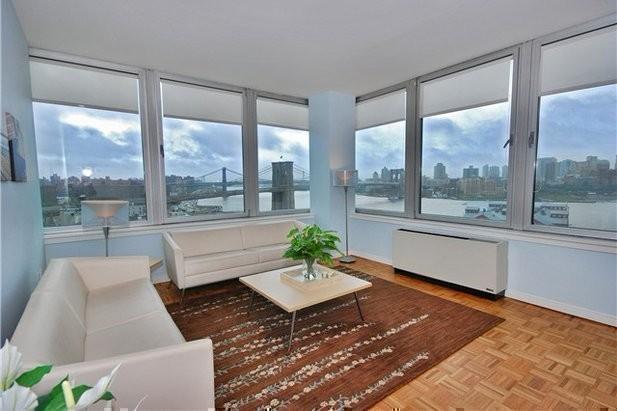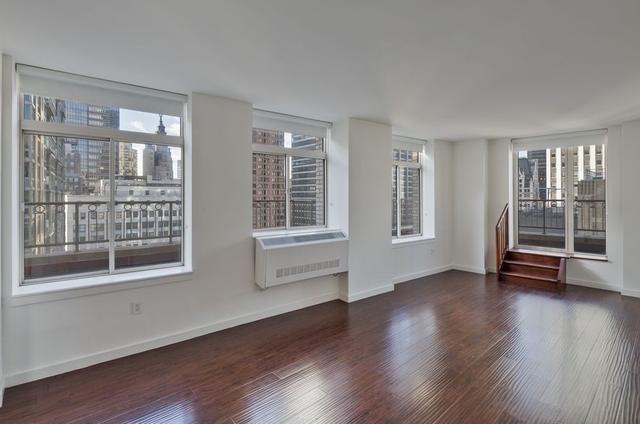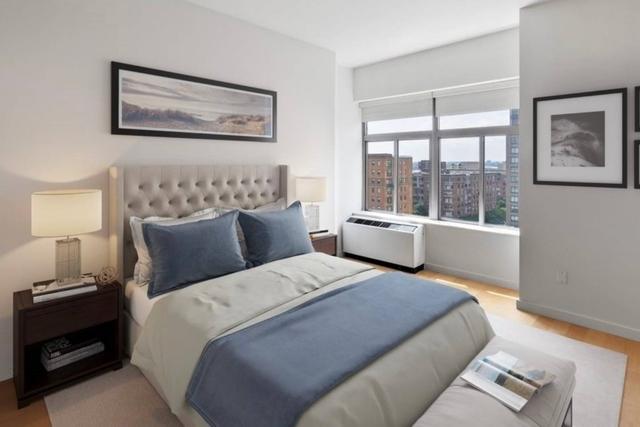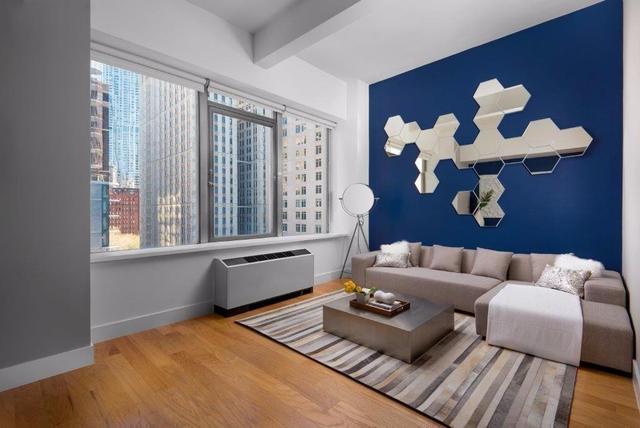
What Is a Spanish-Style Home?
By: ROS Team
A spanish-style home is more than just an architecture; it’s a combination of history, charm and warmth that has been captivating homeowners for centuries. With white stucco walls, red clay roofs and courtyards, these homes add a touch of Mediterranean flair to any backyard. But what exactly is a “Spanish style” home and why is it so popular? Let’s get into the details.
What Is Considered a Spanish-Style Home?
A Spanish style home combines Mediterranean, Moorish and Spanish Colonial architectural elements for a look that’s both timeless and traditional. Key features include:
- White stucco exteriors
- Red clay tile roofs
- Arched doorways and windows
Interesting Fact: The first Spanish-style houses were built as early as the 1600s, showcasing centuries of architectural tradition.
In addition to these key elements, Spanish style homes often have rustic wooden beams, intricate wrought iron details and courtyards that connect indoor and outdoor spaces. These courtyards allow for breezy and open air living. Heavy wooden doors, often with carvings and wrought iron accents add warmth and craftsmanship.
What Is a Spanish-Style Home Exterior?
Spanish-style home exterior includes:
- White Stucco Exterior: Thick, textured stucco walls painted in white or earthy tones reflect sunlight and keep interiors cool.
- Red Terracotta Roof Tiles: Characteristic barrel-shaped tiles provide a rustic look and are designed to withstand heat while maintaining a cool interior.
- Balconies and Courtyards: Outdoor spaces promote indoor-outdoor living, often featuring fireplaces for cooler evenings.
- Decorative Tiles: Hand-painted tiles add vibrant color and texture, commonly used in stair risers and outdoor spaces.
What Is a Spanish-Style Home Interior?
Spanish-style home interior includes:
- Exposed Wooden Beams: Dark, unfinished beams are a hallmark, adding rustic charm.
- Earthy Color Palette: Interiors often feature warm, neutral tones complemented by vibrant jewel colors like red, blue, and yellow.
- Arched Doorways and Windows: Softly rounded arches create a seamless flow between rooms.
- Rustic Textures: Natural materials such as terracotta tiles, wooden furniture, and woven textiles contribute to a cozy atmosphere.
- Wrought Iron Fixtures: Decorative wrought iron elements in light fixtures, railings, and furniture enhance elegance and historical charm.
- Minimalist Decor: Spaces typically feature minimal yet thoughtful decor, including vintage rugs and potted plants to create an inviting ambiance.
Did You Know? Some Spanish-style homes feature unique elements like bread ovens and outdoor kitchens, bringing a sense of history and warmth to the modern home.
The History of Spanish-Style Homes
Spanish style homes have been around since the early colonial days in America. Started in the 1600s, these homes were created by Spanish settlers who took architectural elements from Spain and adapted them to the climates of Florida, California and the Southwest.
In the early 20th century the Spanish Colonial Revival movement was born, thanks to the Panama-California Exposition in 1915. This revival brought back the interest in Spanish style architecture across the US, combining traditional elements with modern adaptations, resulting in homes with colorful tiles, wrought iron and big courtyards.
Today Spanish style homes are still loved for their charm and cultural connection, so they are a popular architectural style in many parts of North America.
Where Are Spanish-Style Homes Most Common?
In the US, Spanish style homes are most common in areas that were once under Spanish rule: California, Florida and the Southwest. These areas with their warm and sunny climate are a perfect match for the architectural elements of Spanish style homes, designed for natural ventilation and outdoor living.
States like California, New Mexico, Arizona, and Florida boast the highest concentration of these homes, making them quintessential features of the local landscape and culture.
Important: Many Spanish-style homes are well-suited for multi-generational living, with flexible layouts and shared spaces that support family togetherness.
Different Types of Spanish-Style Houses
Spanish-style architecture encompasses various styles, each with unique characteristics reflecting regional influences and historical elements:
Mission Revival
Inspired by the old Spanish missions in California, this style features smooth stucco walls, red tile roofs, and arched doorways. Mission Revival homes often include bell towers and parapets, lending a historic, rustic charm.
Pueblo Revival
Drawing from indigenous Pueblo and Spanish influences, Pueblo Revival homes are characterized by adobe or stucco walls, flat roofs, and rounded edges. Exposed wooden beams, or “vigas,” are common, evoking the earthy aesthetics of the Southwest.
Monterey
Combining Spanish and early American Colonial elements, Monterey homes are typically two-story with a cantilevered second-floor balcony. These balconies, often made of wood, add a touch of elegance to the simple, stucco exterior.
Floridian
Popular in Florida, this style adapts classic Spanish features to a tropical climate, incorporating elements like wide porches, large windows, and pastel colors. Floridian Spanish-style homes often embrace lush landscaping to enhance their connection to nature.
Spanish Eclectic
This style blends various elements from Spanish, Moorish, and Mediterranean influences. Spanish Eclectic homes may feature a mix of stucco walls, decorative tiles, wrought iron, and varied rooflines, creating a versatile yet cohesive design.
Benefits of Spanish-Style Homes
Versatile Style
Spanish-style homes are known for their timeless charm and adaptability. The combination of stucco walls, red clay roofs, and rustic wooden accents creates a warm, inviting ambiance that suits both traditional and contemporary tastes. This versatile style allows homeowners to incorporate personal touches, from classic wrought iron fixtures to modern minimalist decor.
Practical
Designed for warm climates, Spanish-style homes are naturally cool and energy-efficient. The thick stucco walls help insulate the interior, while arched windows and doorways promote airflow. These features make Spanish-style homes an excellent choice for areas with hot weather, as they help reduce the need for artificial cooling.
Outdoor Space
Spanish-style homes often incorporate courtyards, patios, and other outdoor spaces that enhance indoor-outdoor living. These areas are ideal for gatherings, relaxation, or simply enjoying the fresh air. The focus on outdoor living aligns perfectly with the Mediterranean lifestyle, encouraging connection with nature and community.
What’s the Difference Between Mediterranean Style and Spanish Style Home?
While Mediterranean and Spanish-style homes share similarities, such as stucco walls, red tile roofs, and arched features, they differ in influences and aesthetics.
Spanish-style homes emphasize rustic charm with simple, earthy elements like wrought iron and heavy wooden doors, reflecting Spanish Colonial and Moorish traditions.
In contrast, Mediterranean-style homes draw influences from a broader range of coastal countries, including Italy and Greece. They often feature more decorative details, such as columns, balconies, and intricate tilework, and display larger, open spaces with lighter color palettes, giving them a polished, resort-like feel.
Could a Spanish-Style Homes Be Perfect for You?
If you’re drawn to a timeless, low-maintenance design that combines beauty and functionality, a Spanish-style home might be right for you. With energy-efficient stucco walls, cool tile floors, and drought-tolerant landscaping, these homes thrive in warm climates.
The welcoming courtyards and single-level layouts also promote easy, relaxed living and effortless entertaining. If these characteristics align with your lifestyle, consider embracing the charm of a Spanish-style home.
Related Articles:
Ranch Style Houses
The Benefits of Interior



